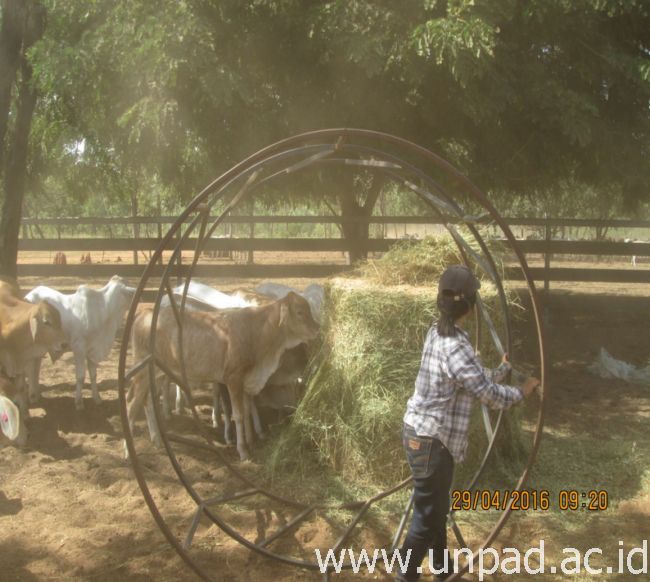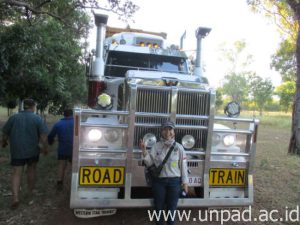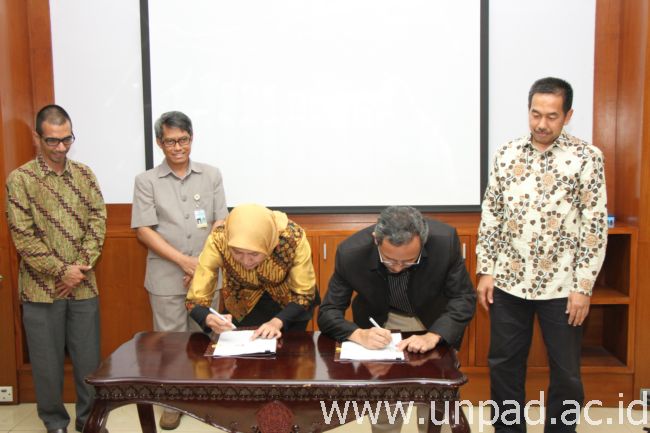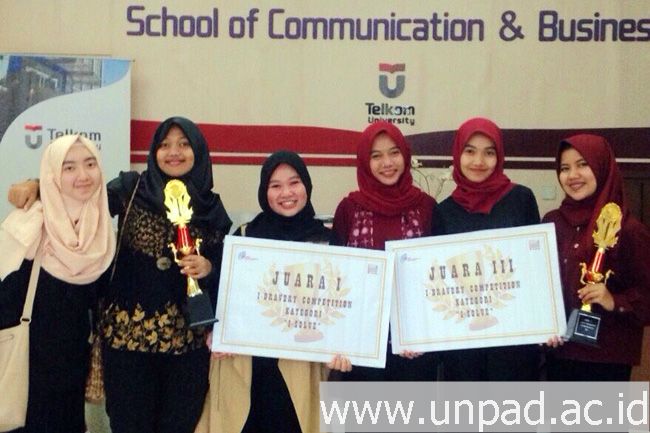[Unpad.ac.id, 10/05/2016] Two students of Faculty of Animal Husbandary Unpad, Fella Stanliadayef and Enggallovely Awliya Fadillah were chosen to participate in NTCA Indonesia Australia Pastoral Program (NIAPP 2016) starting 1 April 2016 until 3 June 2016. From Indonesia, 20 students from various universities were chosen as participants.

The participants were divided to stay in 10 cattle station in Northern Australia, 8 company cattle stations, and 2 family cattle station. Previously they would have participated in training at Charles Darwin University for 2 weeks. After participating in all the programs, they held a presentation in Indonesia Consulate in Darwin.
One of the students, Fella Stanlidayef, was set to stay in a family cattle station in di Lakefield Station. This ranch has area of 596 km2 , located in Sturt Plateau, 470 km from South Darwin. Their cattle population is around 7500, with 29 paddocks and 3 processing (yard).
The consumers of Lakefield Station are Indonesia and Vietnam. Cattle export cattle chain started in cattle station or ranch– agent–export company–importer. Before their cattle are exported to several countries, several steps needed to be completed, such as pregnancy test for female cow with rectal palpation method. In accordance with animal welfare principle and export licence, female cow could not be exported during its pregnancy.
The next step would be weaner processing, a treatment for young cattle after weaning to be potential product. This process included three types of vaccines prevented botulism or paralysis disease caused by bacteria botolinum contained in bones and carcasses, vaccine preventing interference or external parasites, and internal and vaccine or tetanus, followed by ear tagging, the identity of the cattle of their sex, age, and livestock number.
 Processed cattle was put back on the yard before exported. Cattle would stay in the yard for a week, being fed with extra nutrition with hay, weaner pellet and kopra so they would reach the designated weight. Hay rolls were set with hay ring to keep the hay organized and clean (to not mixed with their waste).
Processed cattle was put back on the yard before exported. Cattle would stay in the yard for a week, being fed with extra nutrition with hay, weaner pellet and kopra so they would reach the designated weight. Hay rolls were set with hay ring to keep the hay organized and clean (to not mixed with their waste).
Afterwards, the cattle were ready to be sent to export yard using road train. This cattle transport was designed for the comfort of the cattle with rough flooring, adequate ventilation, and arranged cattle capacity to avoid cattle stress during transport. Cattle loading was done effectively because the cattle voluntarily entered the road train without the use of force.
The activity in pre-exported cattle processing was a valuable experience for NIAPP participations. The next week, the participants would receive a horse riding lesson and quadbike used during mustering (process of moving cattle from paddock to the yard). The knowledge about water point, fencing and pasture system also became a valuable input and lesson for the participants who were aspired to be a cattle rancher in Indonesia, and to also support Indonesia beef cattle industry.*
Released by Fella Stanlidayef (Fapet Unpad) / art


